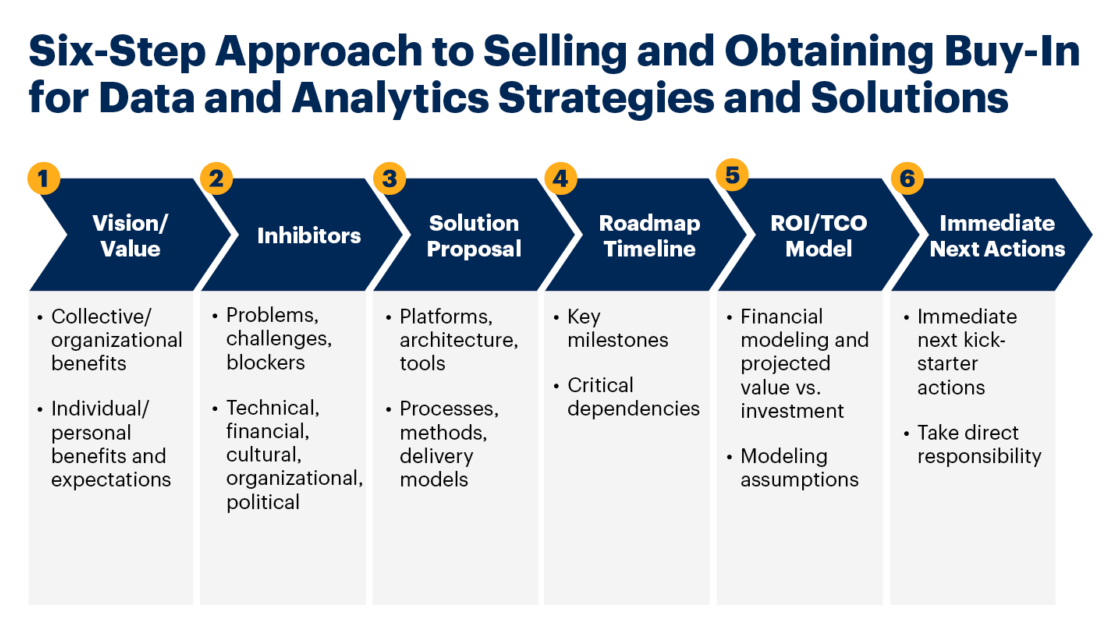Interest rates play a significant role in various aspects of our financial lives. Whether it’s borrowing money, investing, or saving, understanding the different types of interest rates is essential for making informed decisions. In this article, we will explore six key interest rates that everyone should understand. By familiarizing yourself with these rates, you can better navigate financial transactions and optimize your financial well-being.
- Prime Rate: The prime rate is the benchmark interest rate that banks charge their most creditworthy customers. It serves as the basis for determining interest rates on various loans, such as mortgages, credit cards, and personal loans. Monitoring changes in the prime rate is crucial as it directly impacts borrowing costs and can affect your ability to secure favorable loan terms.
- Annual Percentage Rate (APR): The annual percentage rate represents the total cost of borrowing, including both the interest rate and any associated fees or charges. It is a standardized measure that enables borrowers to compare the true cost of different loan offers. When evaluating loan options, pay attention to the APR, as it provides a more accurate reflection of the overall borrowing cost.
- Fixed Interest Rate: A fixed interest rate remains constant throughout the duration of a loan or investment. It provides stability and predictability, as your monthly payments or interest earnings do not fluctuate with market conditions. Fixed-rate loans are suitable for individuals who prefer a steady repayment plan or want to lock in a favorable rate in anticipation of potential interest rate increases.
- Variable Interest Rate: Unlike a fixed rate, a variable interest rate fluctuates based on changes in a reference rate, such as the prime rate or the London Interbank Offered Rate (LIBOR). Variable-rate loans or investments can provide opportunities for lower initial rates, but they also carry the risk of increasing interest costs over time. Understanding the terms and potential fluctuations associated with variable rates is essential to manage your financial commitments effectively.
- Compound Interest: Compound interest refers to the process of earning or paying interest on both the initial amount (principal) and any accumulated interest. It can significantly impact savings and investment growth over time. By reinvesting earned interest, compound interest can lead to exponential growth. On the flip side, it can also result in higher borrowing costs if not managed effectively. Understanding the power of compounding is crucial for long-term financial planning.
- Credit Card Interest Rate: Credit card interest rates, often referred to as annual percentage rates (APRs), determine the cost of borrowing money when you carry a balance on your credit card. These rates can vary widely depending on factors such as your creditworthiness and the type of card you have. It is essential to be aware of your credit card’s interest rate and strive to pay off balances in full each month to avoid high interest charges.
Conclusion: Understanding the various interest rates in your financial life empowers you to make informed decisions and manage your money effectively. Whether you’re applying for a loan, considering investments, or using credit cards, knowledge of interest rates allows you to evaluate costs, risks, and opportunities more accurately. By grasping the concepts behind these six key interest rates, you can navigate the financial landscape with confidence and work towards achieving your financial goals.


